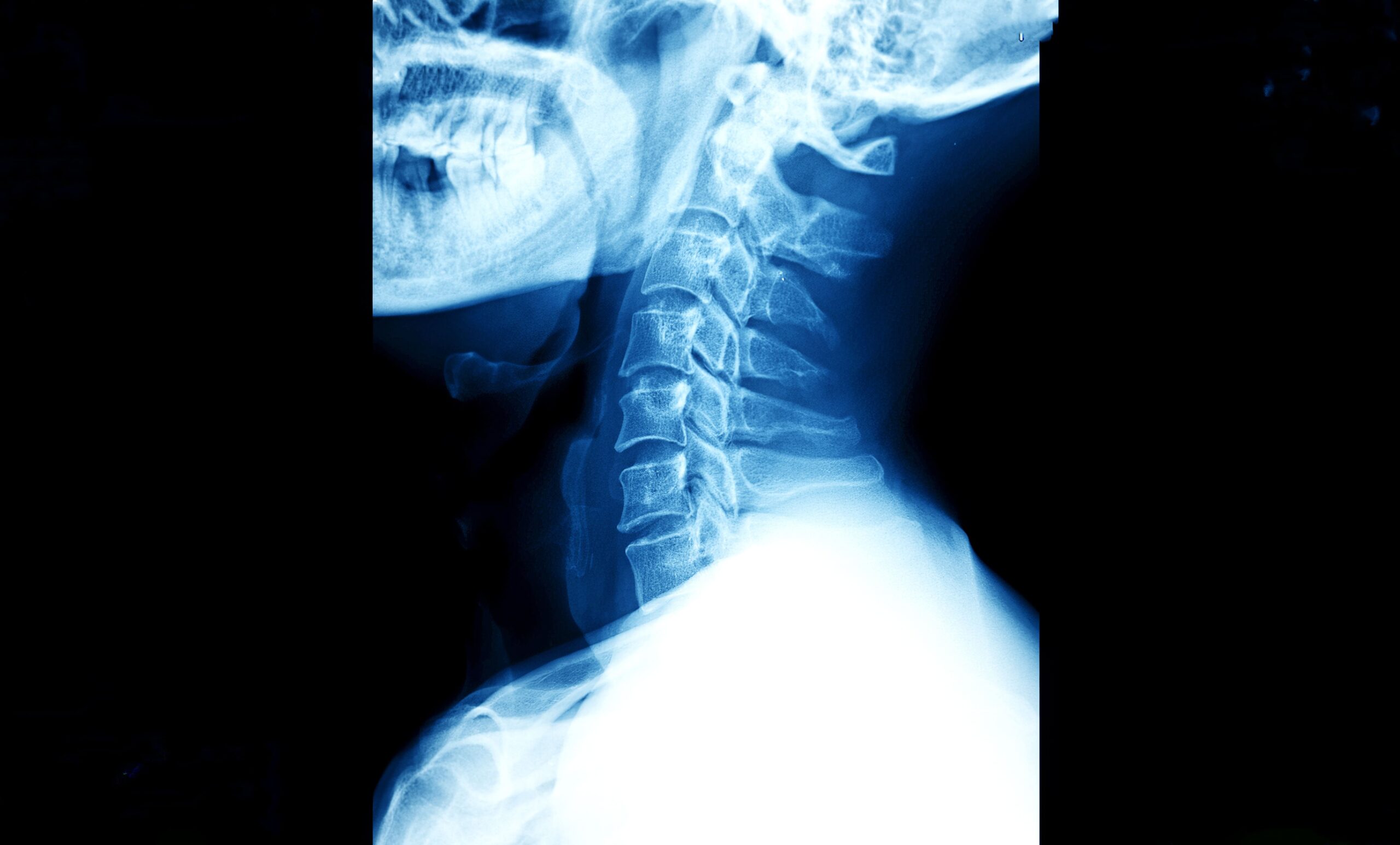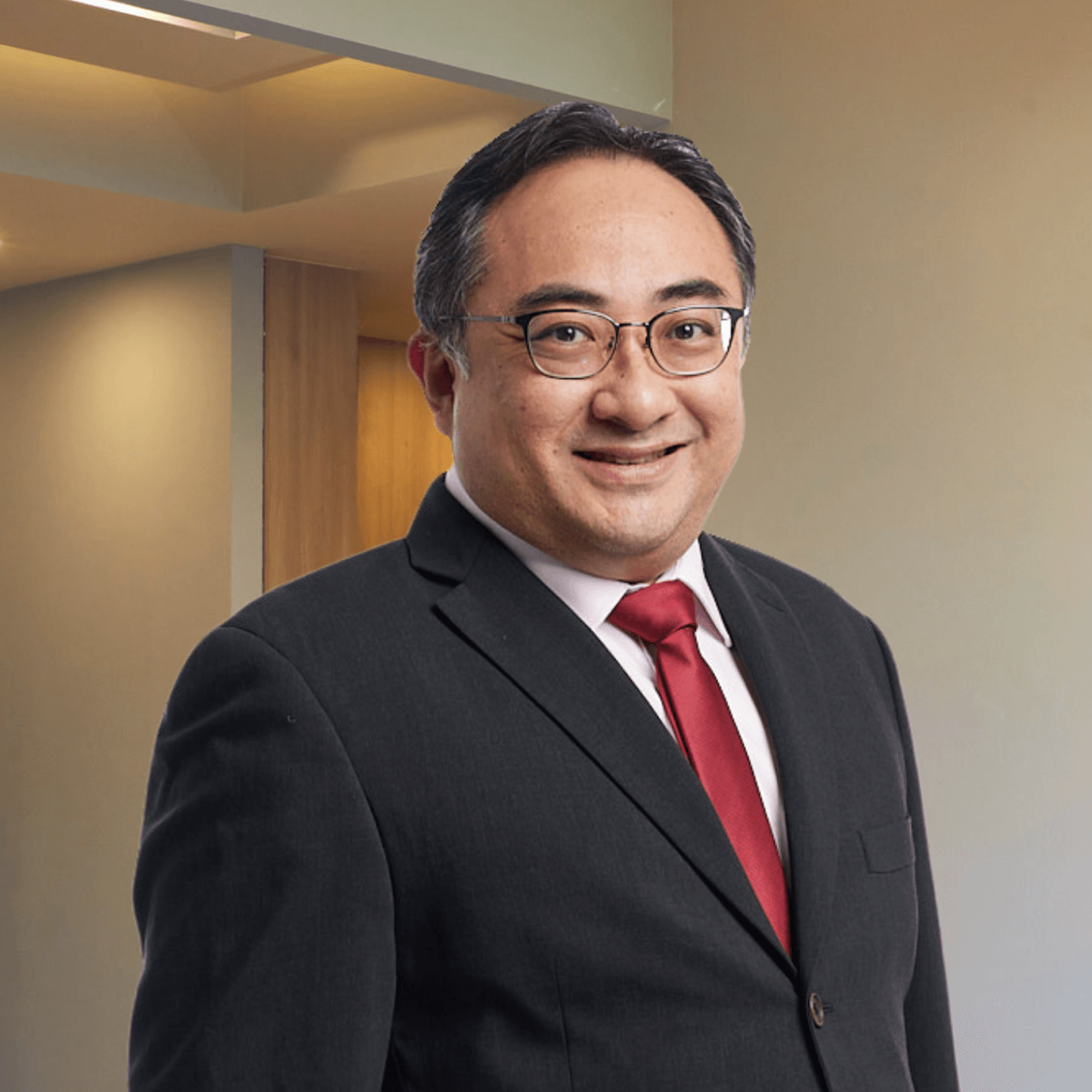Postoperative Care and Rehabilitation
Following cervical disc replacement surgery, a comprehensive postoperative care and rehabilitation plan is crucial for optimal recovery and the success of the procedure. Here are the key components of postoperative care and rehabilitation:
- Pain Management: Patients will receive medications to manage pain and discomfort after the surgery. These may include oral pain relievers and, in some cases, muscle relaxants to ease muscle spasms.
- Wound Care: Proper surgical site care is essential to prevent infection. Patients are instructed on how to care for their incision, including keeping it clean and dry.
- Monitoring: Patients are closely monitored for any signs of complications, such as infection, bleeding, or neurological symptoms. Immediate medical attention is sought if any concerning signs arise.
- Physical Therapy: Physical therapy typically begins soon after surgery, focusing initially on gentle exercises to improve neck mobility and reduce stiffness. Over time, the therapy progresses to include strength-building exercises tailored to the patient’s specific needs.
- Activity Modification: Patients are advised on how to modify their activities to protect the surgical site while it heals. This includes guidance on safe movement techniques and restrictions on lifting heavy objects or engaging in high-impact activities.
- Gradual Return to Daily Activities: A gradual return to daily activities is encouraged. While some activities can be resumed relatively quickly, more strenuous tasks may need to be delayed until the neck has sufficiently healed.
- Follow-up Care: Regular follow-up appointments with the neurosurgeon are important to monitor the healing process and the integration of the artificial disc. These appointments may include imaging tests to ensure the prosthesis functions as intended.
- Lifestyle Adjustments: Long-term success may require lifestyle adjustments, such as maintaining a healthy weight, quitting smoking (if applicable), and engaging in regular physical activity to strengthen the neck and spine.


